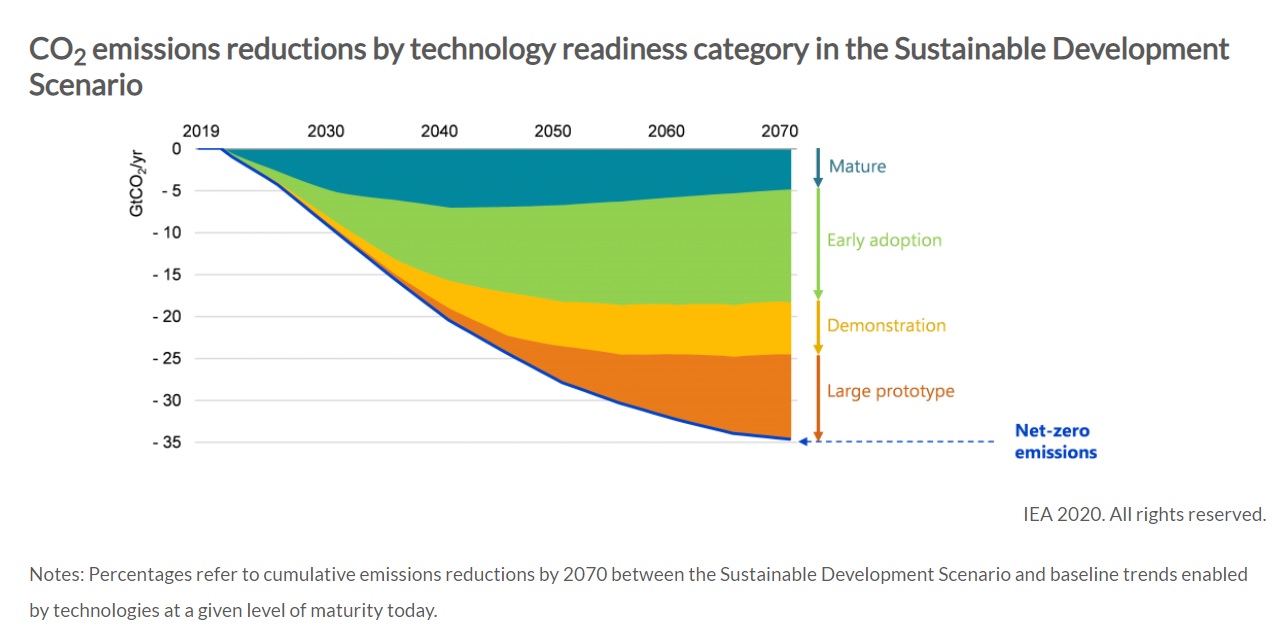
Today the International Energy Agency (IEA) is sending a clear message to governments and companies around the world that clean energy innovation needs to accelerate to meet net-zero emissions goals. Our new Energy Technology Perspectives 2020: Special Report on Clean Energy Innovation presents new IEA modelling of pathways to a more resilient and cleaner energy sector at net-zero emissions, and explores the areas where critical technology solutions are in need of faster progress.
The report represents a new chapter in the IEA’s work under the Energy Technology Perspectives (ETP) banner. It has been three years since the IEA released its last ETP report, and we have used that time to reflect on the critical technology challenges that need to be addressed in such sectors as long-distance transport and heavy industry, which are all too often neglected.
When we started on this ETP-2020 journey last year, we certainly had not anticipated Covid-19 and how it has complicated efforts to advance clean energy transitions. However, by refocusing on the urgent need for technology progress and the potential setback presented by the impacts of the pandemic, the recommendations could not be more timely. There is a major opportunity to make investments in innovation that can stimulate economic recovery and help reshape the energy system to be more sustainable and resilient in the longer-term. On a path towards meeting sustainable energy and climate goals, we project that investments in technologies that are today at the stage of large prototype and demonstration would average around USD 350 billion a year over the next two decades.
The key technologies the energy sector needs to reach net-zero emissions are known, but not all of them are ready. Around 35% of the cumulative CO2 emissions reductions needed to shift to a sustainable path come from technologies currently at the prototype or demonstration phase. A further 40% of the reductions rely on technologies not yet commercially deployed on a mass-market scale.
To help guide policy makers and technology innovators, we have created a new online ETP Clean Energy Technology Guide that compares the market readiness of more than 400 component technologies relevant for net-zero emissions. The fastest energy-related examples in recent decades include small or modular consumer products like LEDs and lithium ion batteries, which took 10-30 years to go from the first prototype to the mass market, and benefitted from multiple spillovers between related technologies. These examples must be the benchmarks for building the portfolio of energy technologies to get to net zero emissions.
More information on the following link with the report: https://www.iea.org/reports/clean-energy-innovation
Source: Mission innovation
